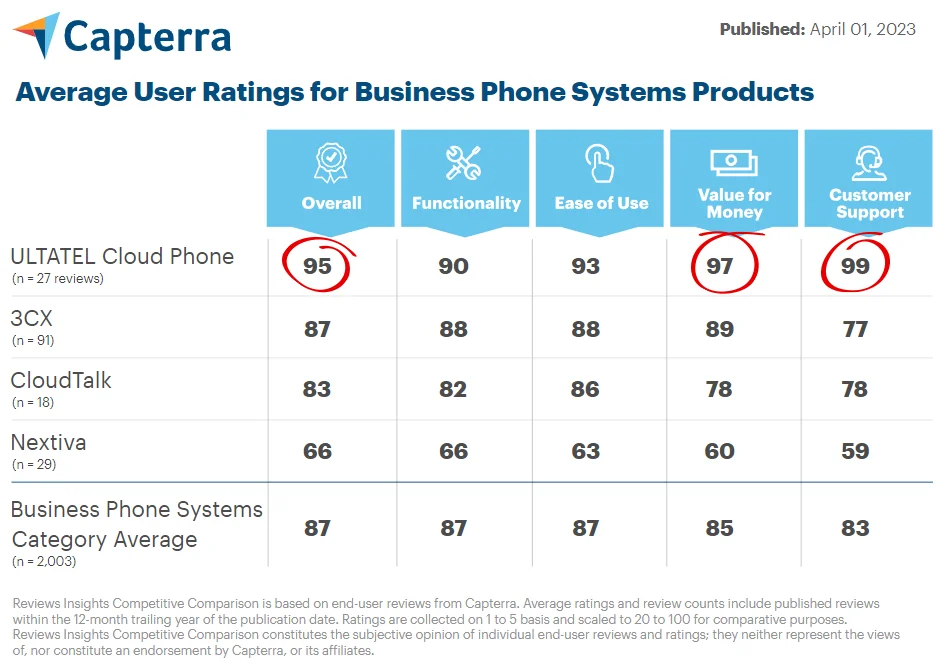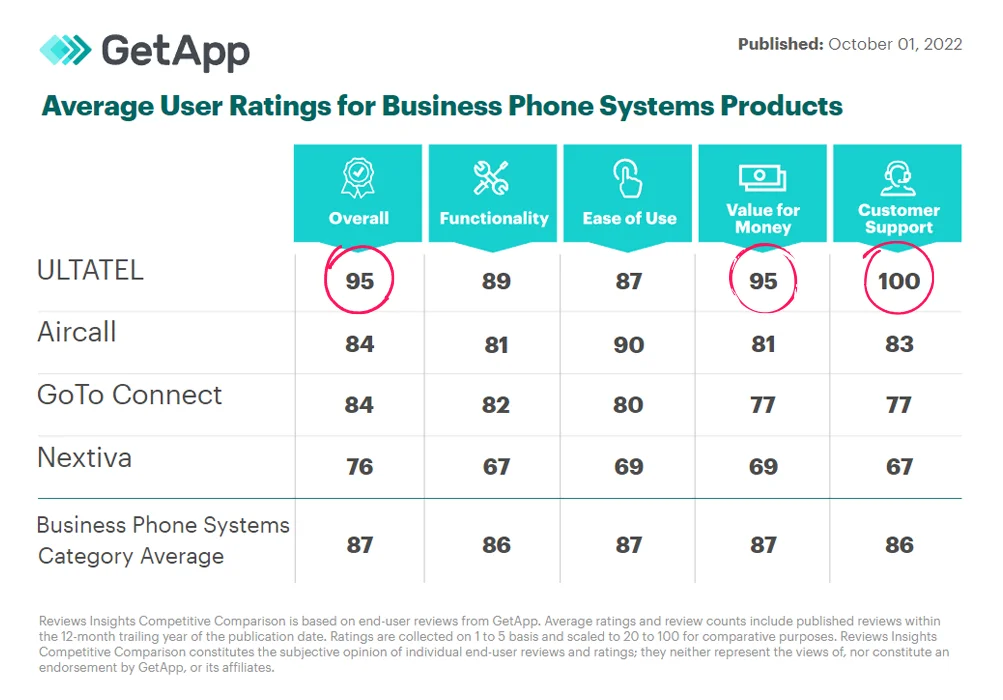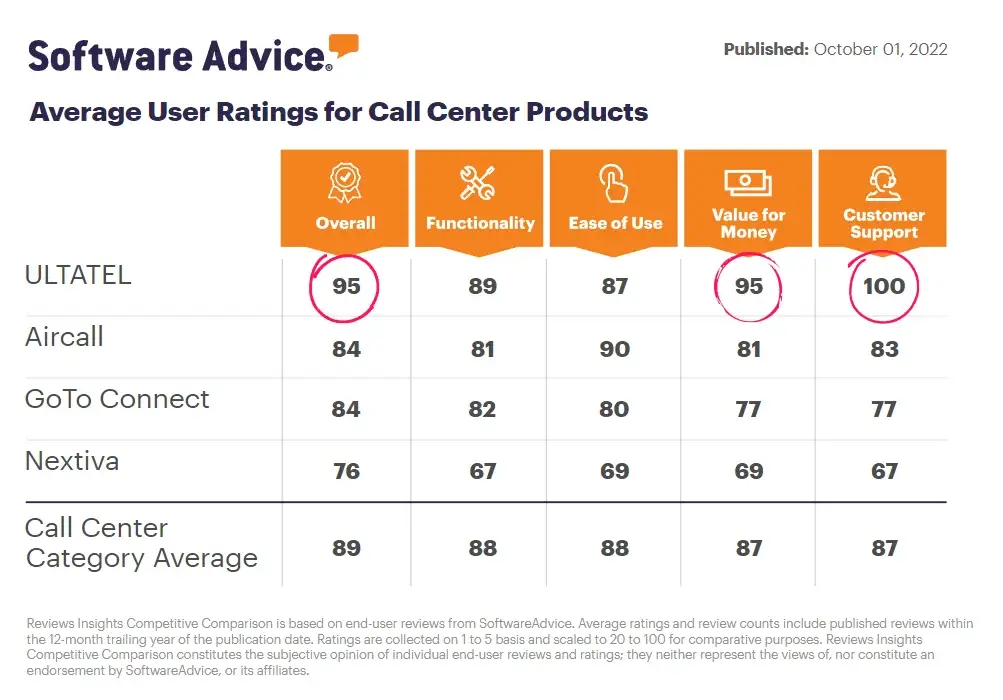What Is an IP Address?
An IP address is a unique numerical label assigned to every device connected to the Internet. It allows devices to communicate with each other and identify themselves to networks.
IP addresses consist of four sets of numbers separated by periods, also known as octets. Each set can range from 0-255. For example: 172.16.254.1.
What Are the Different Types of IP Addresses?
An IP address can be static or dynamic. A static IP address is one that never changes, while a dynamic IP address is assigned by your Internet service provider and can change from time to time.
An IP address can also be public or private. A public IP address is assigned to devices that connect directly to the Internet, such as a computer connected to an Internet service provider. A private IP address is assigned to devices that connect to a network behind a router, such as a computer connected to a Wi-Fi network at the office.
How Is an IP Address Used?
IP addresses are primarily used for two purposes: identification and location addressing.
Every device that connects to the Internet has a unique IP address assigned to it. This address can then be used to identify the location of the device and the device itself.
IP addresses are also used for website location addressing. When you type a website address into your browser, the browser uses the IP address of the website’s server to request the page from that server.
What Are the Ranges of IP Addresses?
IP addresses are divided into two main classes: Class A and Class B. Class A IP addresses range from 0.0.0.0 to 127.255.255.255, while Class B IP addresses range from 128.0.0.0 to 191.255.255.255.
There are also Class C IP addresses, which range from 192.0.0.0 to 223.255.255.255, and Class D IP addresses, which range from 224.0.0.0 to 239.255.255.255.











